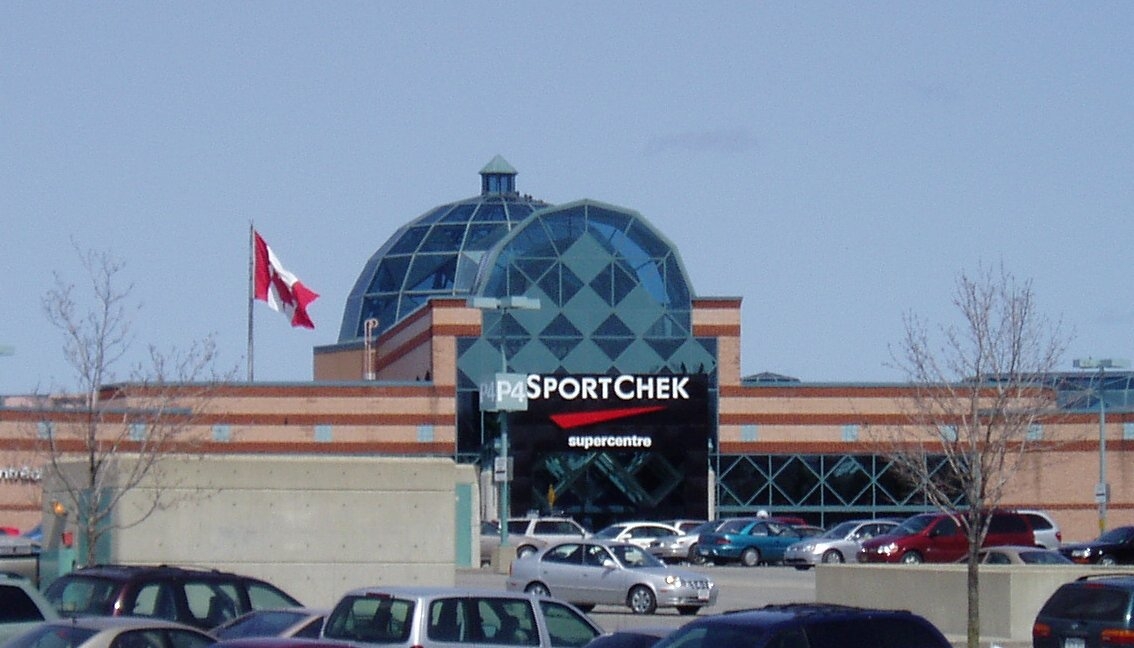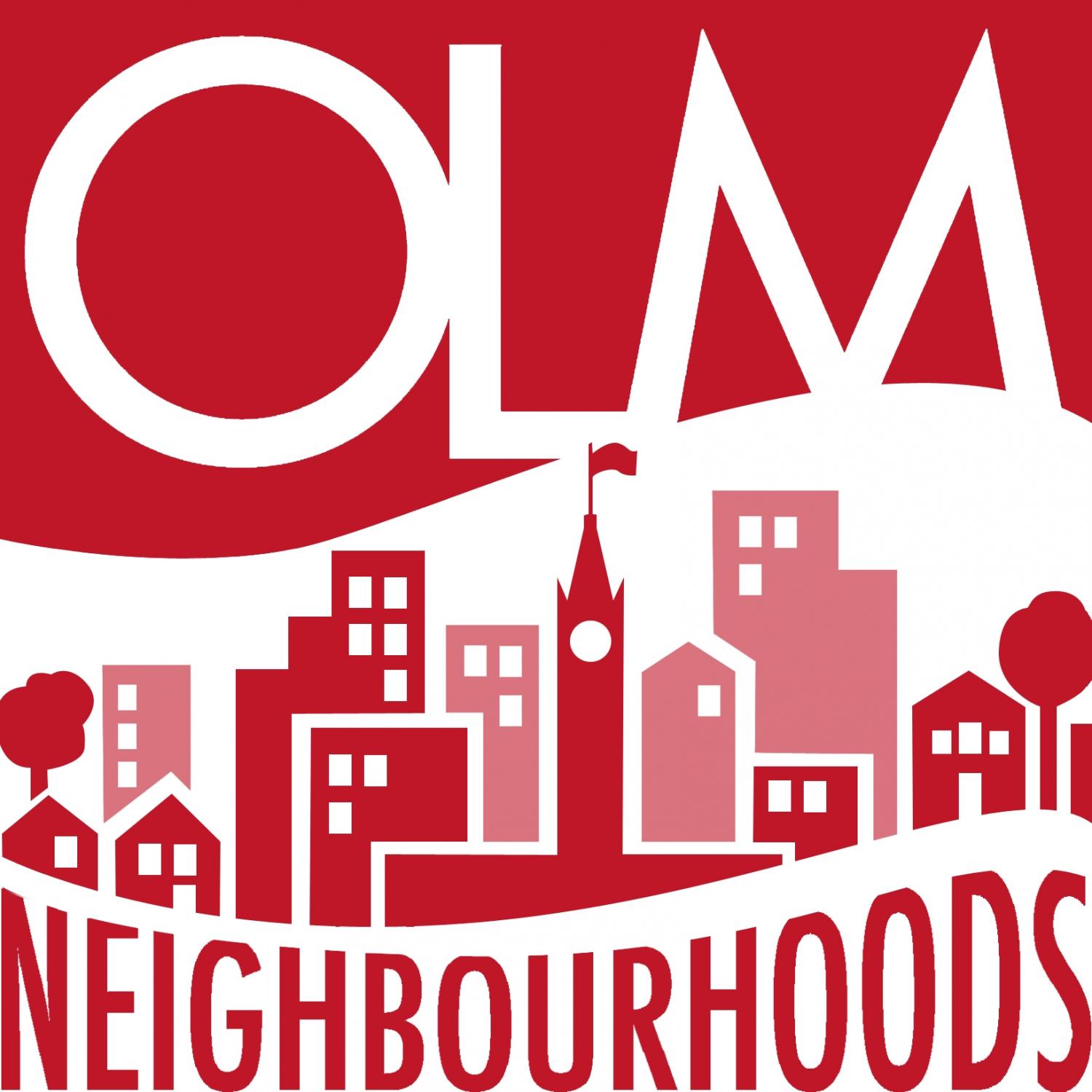
Orleans Profile

Photo credit: Creative Commons
Although this Narnia-like suburb may be out of the way to get to, once you get there, there is almost no reason to leave. Orleans is its own community that has everything a family would need to settle down in a cookie-cutter, bilingual (but mainly French) neighbourhood. It’s a place where all the houses appear the same from the outside, and no matter where you are, there is an elementary school within a two-block radius.
Aside from being the picture perfect, quaint, conservative suburb, it is also home to most major department stores, large restaurant franchises, pubs, and its very own mall, Place D’Orleans. Everything you’d ever need is within the confines of Orleans, making it an ideal spot to buy a house and raise a family. The downside to Orleans is that if you do end up moving there, you’ll find very few reasons worth venturing to other areas of Ottawa, simply because everything outside of Orleans will seem incredibly far. But then again, most suburbs fall into that same category of inaccessible.
Ultimately, Orleans is broken down into two main sections; old Orleans and new Orleans. Everything at the bottom of the hill, parallel to the highway, Place D’Orleans mall, and Petrie Island (Jean D’arc Bvd and St. Joseph Bvd), is where Orleans first began and is now considered to be the older area in this community. However, over the last 15 years or so, Orleans has expanded onward and upward, literally. At the top of the hill, which can be accessed by any inclined road off of St. Joseph Blvd, is where all the magic happened. Neighbourhoods, stores, and schools were built along Innes Road, from Blackburn Hamlet all the way to nearly Cumberland. Since Orleans was first developed, it has grown over five times its original size, and still continues to grow.







